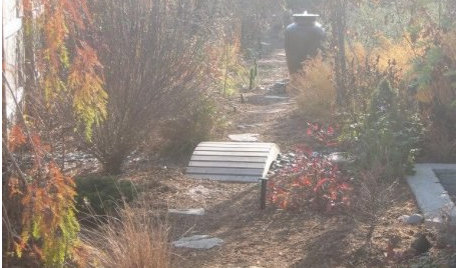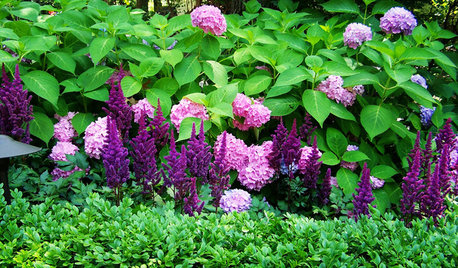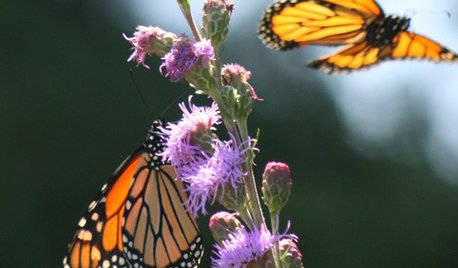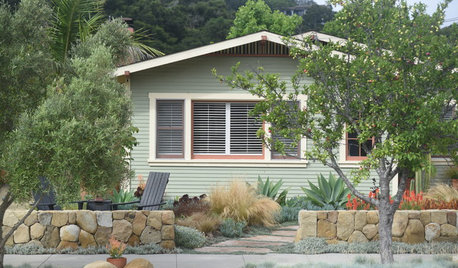Importance of mulch...
fireduck
9 years ago
Featured Answer
Sort by:Oldest
Comments (14)
drew51 SE MI Z5b/6a
9 years agolast modified: 9 years agofireduck
9 years agolast modified: 9 years agoRelated Professionals
Canton Landscape Architects & Landscape Designers · Taylorsville Landscape Architects & Landscape Designers · Woodinville Landscape Architects & Landscape Designers · Bellefontaine Neighbors Landscape Contractors · Cary Landscape Contractors · Metairie Landscape Contractors · Pueblo West Landscape Contractors · Roswell Landscape Contractors · Phoenix Solar Energy Systems · Freeport Solar Energy Systems · Lakewood Window Contractors · Agoura Hills Fence Contractors · Bothell Fence Contractors · Leander Fence Contractors · Palo Alto Fence Contractorsdrew51 SE MI Z5b/6a
9 years agolast modified: 9 years agofireduck
9 years agolast modified: 9 years agocalistoga_al ca 15 usda 9
9 years agolast modified: 9 years agojodik_gw
9 years agolast modified: 9 years agonil13
9 years agolast modified: 9 years agospaceman13
9 years agolast modified: 9 years agodrew51 SE MI Z5b/6a
9 years agolast modified: 9 years agoErnie
9 years agolast modified: 9 years agospaceman13
9 years agolast modified: 9 years agotapla (mid-Michigan, USDA z5b-6a)
9 years agolast modified: 9 years agoErnie
9 years agolast modified: 9 years ago
Related Stories

GARDENING GUIDESNew Ways to Think About All That Mulch in the Garden
Before you go making a mountain out of a mulch hill, learn the facts about what your plants and soil really want
Full Story
GARDENING GUIDESHow to Pick a Mulch — and Why Your Soil Wants It
There's more to topdressing than shredded wood. Learn about mulch types, costs and design considerations here
Full Story
GARDENING GUIDESThe Art of Green Mulch
You can design a natural garden that doesn’t rely on covering your soil with wood and bark mulch
Full Story
GARDENING GUIDESCentral Plains Gardener's November Checklist
Mulching, seeding, feeding — several small tasks to ensure a winter of activity, and a good spring start.
Full Story
GARDENING GUIDESGarden Myths to Debunk as You Dig This Fall and Rest Over Winter
Termites hate wood mulch, don’t amend soil for trees, avoid gravel in planters — and more nuggets of garden wisdom
Full Story
GARDENING GUIDESSoutheast Gardener's May Checklist
Bask in the blooms and mind your mulch this month; summer means lots to savor and lots to do in the garden
Full Story
GARDENING GUIDESCentral Plains Gardener's July Checklist
Can you believe there are only 2 important garden tasks this month? Find out what they are here
Full Story
FALL GARDENINGMake This Fall’s Garden the Best Ever
Learn the most important tip for preventing buyer’s remorse, plus get more valuable buying and planting advice
Full Story
GARDENING GUIDESCalifornia Gardener: What to Do in July
Active green thumb or not, top priorities for peak fruit and veggie season: watering, feeding, keeping up with growth
Full Story
LANDSCAPE DESIGNHow and What to Plant in Dry, Sunny Spots
Save water and improve your site’s look with these design tips and help from a pro
Full StoryMore Discussions








jodik_gw